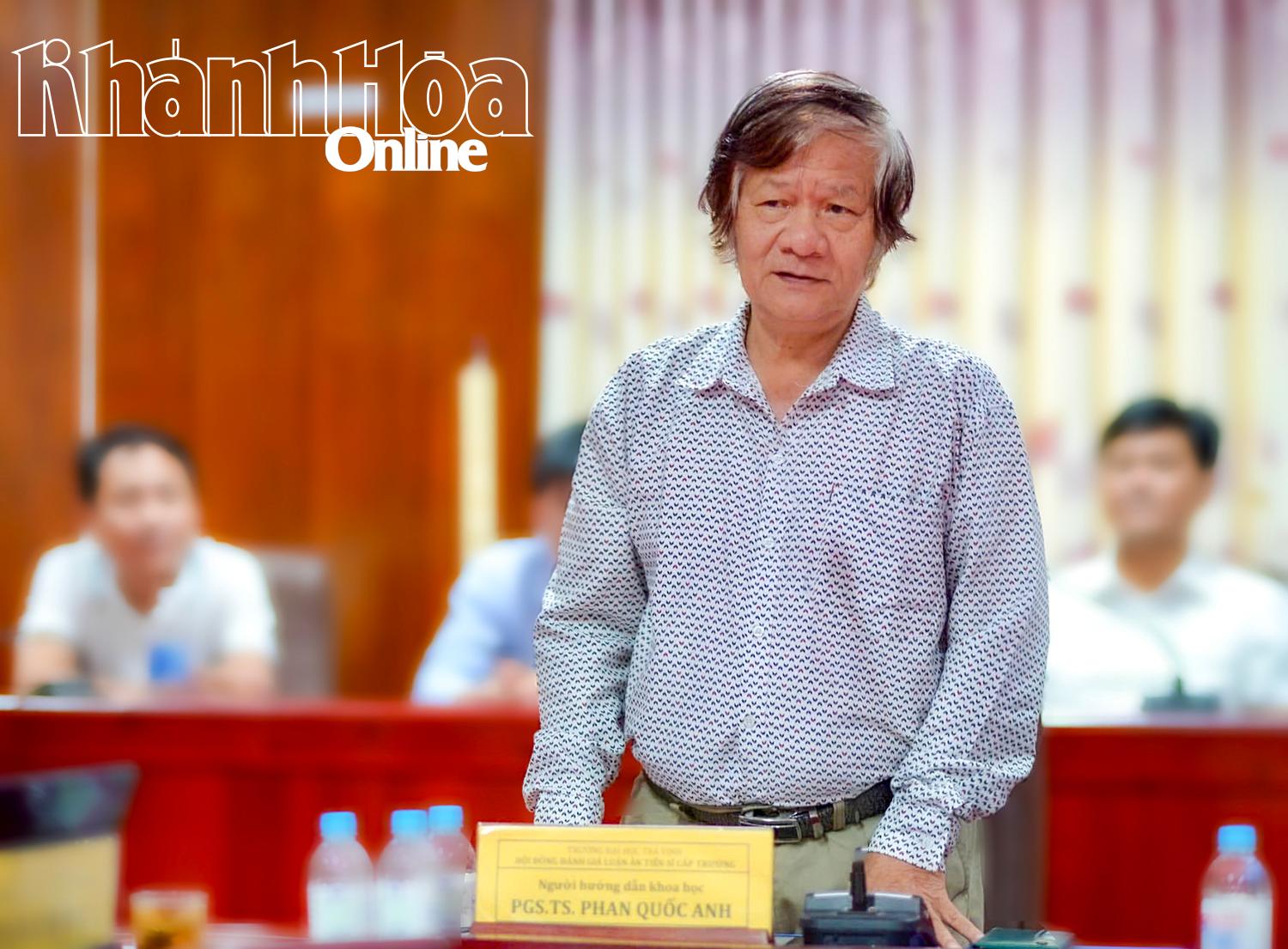 |
| Associate Professor, Dr. Phan Quoc Anh - former Director of the Department of Culture, Sports and Tourism of Ninh Thuan province (old) |
- The land of Khanh Hoa today is the land of ancient Kauthara and Panduranga (2 of the 5 small states that formed the ancient Champa federation), so the source of Cham cultural heritage in the province is very dense and diverse, from temples, towers, languages, writings, costumes, beliefs, music ... More specifically, in the province there are the Cham Ahier and Cham Awal communities, the communities that preserve the oldest traditional culture of Cham culture. These communities are "living museums" of Cham culture.
Similarly, the Raglai ethnic community (one of the ethnic groups with a long history of residence in the South Central region) has a population of less than 147 thousand people, but still preserves many unique cultural features, from ancient musical instruments such as lithophones to gongs (ma la), bamboo musical instruments, epics, folk songs, traditional crafts, rituals, customs and practices that are all preserved and passed down through many generations... These are valuable cultural heritages that need to be preserved.
- Can you tell us more specifically about the most unique cultural heritages of the Cham and Raglai people in Khanh Hoa province?
- Regarding the Cham ethnic group, in terms of tangible cultural heritage, Khanh Hoa province has 3 special national relics: Hoa Lai Tower, Po Klong Garai Tower and Po Nagar Tower. In addition, there is Po Rome Tower which is a national historical and architectural relic and 5 artifacts recognized as National Treasures (Po Rome relief, Po Klong Garai statue, Hoa Lai stele, Phuoc Thien stele and Vo Canh stele). Regarding intangible cultural heritage, Po Nagar Tower Festival (Nha Trang), Kate Festival of Cham people following Brahmanism and New Year rituals of Cham people in Binh Nghia are recognized as national intangible cultural heritage. In particular, the art of Cham pottery (Bau Truc pottery village) is recognized by UNESCO as an intangible cultural heritage of humanity in urgent need of preservation. Besides, the Cham people still preserve the art of brocade weaving in My Nghiep (formerly Ninh Phuoc commune) - a brilliant symbol of the Cham culture in the ancient land of Panduranga.
The Raglai ethnic community also has many famous cultural heritages such as: Khanh Son lithophone national treasure, epic treasure (8 epics recognized by the National Council have been and are being translated and published), traditional music, long houses... The Raglai people also have a rich and unique treasure of folk festivals such as: Grave abandonment ceremony, new rice festival, wedding ceremony, praying for favorable weather, coming of age ceremony, sowing ceremony... In which, the grave abandonment ceremony of the Raglai people in Ba Cum Bac commune (Khanh Son, Khanh Hoa) has been recognized by the Ministry of Culture, Sports and Tourism as a national intangible cultural heritage. Throughout their history, the Raglai people have not only fought against natural disasters and enemies to survive but also contributed to the two resistance wars against the French and the Americans to save the country and unify the country. Many children of the Raglai ethnic group have been recognized by the Party and State for their contributions and awarded the title of Hero of the People's Armed Forces, such as Pinang Tac, Bo Bo Toi... Among them, the Pinang Tac stone trap has been recognized as a national historical relic.
- To preserve and promote the cultural values of the Cham people, what should Khanh Hoa province do in the coming time, sir?
- In recent years, Khanh Hoa and Ninh Thuan (formerly) have paid attention to preserving traditional culture, including Cham and Raglai culture. Many tangible and intangible cultural heritages have been researched and preserved quite well, especially Cham culture. Most notably, Cham temples have been restored and embellished; festivals and traditional craft villages have been maintained; Cham dances have been researched and restored...
However, in the long term, I think that Khanh Hoa Provincial People's Committee needs to have a comprehensive project on preserving and promoting the cultural values of Cham and Raglai. There must be sub-projects and programs that are more innovative and have greater "ambitions" such as: Preparing dossiers to propose Cham towers in Khanh Hoa (Po Nagar Tower, Po Klong Garai Tower, Hoa Lai Tower) as cultural heritages of humanity; building a Center for Cham Cultural Research and Preservation (on the basis of the former Center for Cham Cultural Research in Phan Rang) to do better in researching and preserving Cham culture; building a Center for Raglai Cultural Preservation (preferably in Bac Ai Dong commune). At the same time, the province needs to continue to do a good job of preserving and promoting the values of festivals, traditional craft villages, building traditional art troupes of Cham and Raglai people; Support the restoration of traditional Raglai stilt houses, epic teaching classes, use and making musical instruments of the Raglai people... In particular, there should be mechanisms and policies to support artisans, maintain the activities of traditional craft villages, and more closely link with tourism activities. Local authorities and tourism businesses need to support the construction of community tourism models so that people have a livelihood and traditional cultural values are spread. For example, with Bau Truc pottery village and My Nghiep brocade weaving village, if we want to preserve them, we must let people live with their profession. To do so, we must build tourist destinations with full services such as taking photos with Cham costumes, watching Cham folk performing arts, listening to legends about Cham stories. It is necessary to change the mindset of developing tourist destinations in the direction of not only selling pottery or weaving products but also selling the story of pottery making, weaving art and Cham culture.
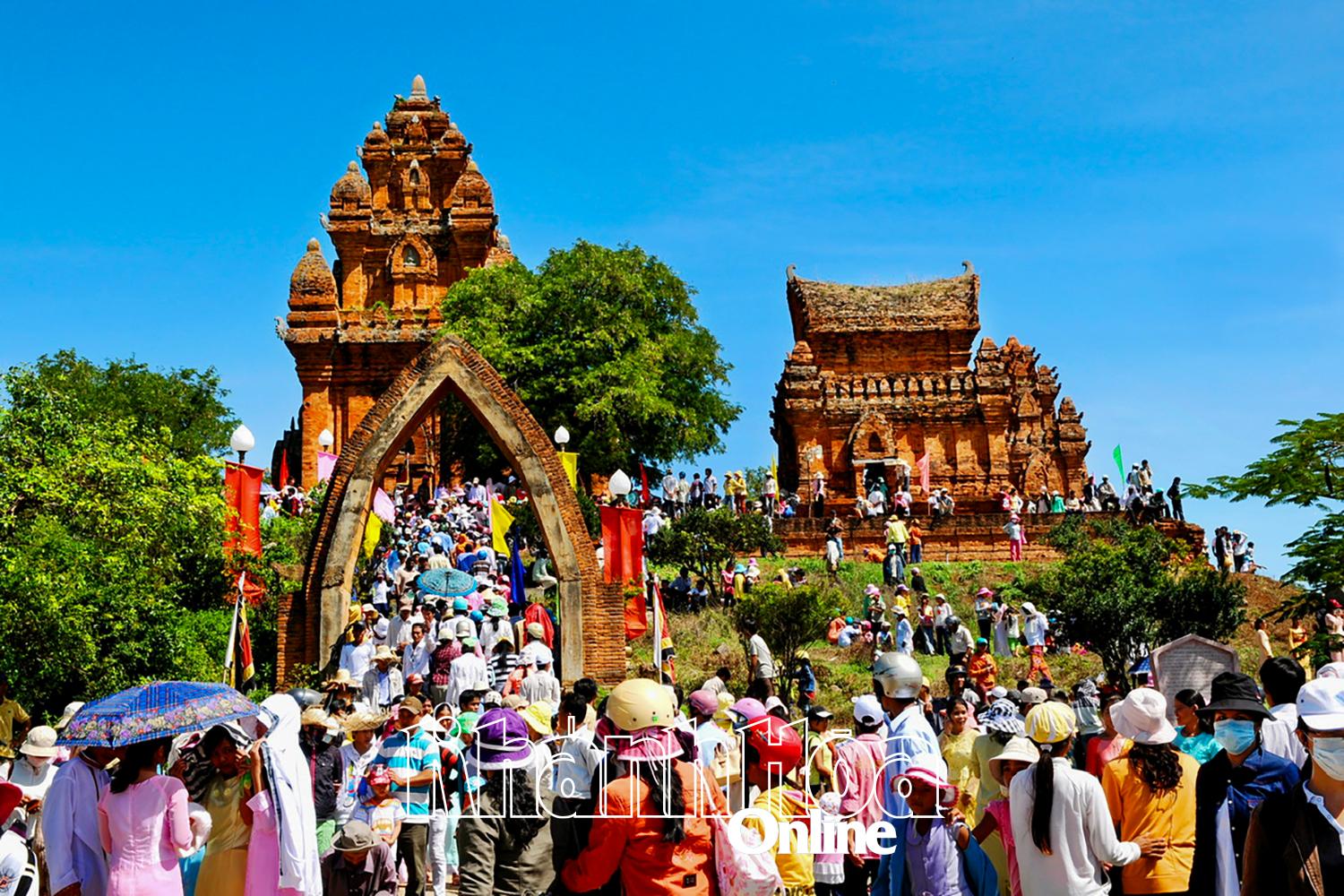 |
| People and tourists go to Kate festival at Po Klong Garai Tower. |
- Preserving and promoting cultural values are inseparable. Based on your experience, what suggestions do you have for preserving and promoting traditional cultural values associated with tourism?
- Our country is entering a new era, an era of national growth. To grow, the roots must be strong, and we must do a good job of preserving and promoting the national cultural identity. Along with economic development and integration, many things in social life are changing very quickly. However, there are things that contain the spirit, unique quintessence and characteristics of ethnic communities that need to be preserved. In the process of cultural preservation, we should not impose but create conditions for people to preserve their own culture because they are the subjects of that culture. And we must achieve the dual goal of combining the preservation and promotion of cultural values with tourism, this is one of the tasks of economic implementation in culture and the cultural industry program.
To do this, the province needs to develop mechanisms and policies to mobilize resources for the preservation and promotion of the cultural heritage values of ethnic groups; combine the implementation of Project 6 of the national target program on the preservation and promotion of the cultural values of ethnic groups and mountainous areas with community tourism development programs based on the development perspective that must create livelihood conditions for local people. There needs to be solutions to mobilize all resources, especially socialized resources for the preservation and promotion of cultural heritage values; study the establishment of a fund from socialized sources to encourage and motivate people of all walks of life and organizations and individuals to join hands and contribute to the preservation, restoration and embellishment of relics. Along with that, proactively organize cultural diplomacy activities, introduce Cham and Raglai culture to domestic and foreign visitors to promote the cultural values of Khanh Hoa, combine cultural and artistic exchange activities with foreign affairs, promote tourism and trade, investment cooperation... to create a difference in cultural tourism, contributing to building Khanh Hoa into a centrally-run city, rich in cultural identity.
Thank you!
As of 2019, the total number of Cham people in Vietnam is about 178,948 people. Of which, the number of Cham people in Ninh Thuan is 67,517 people, accounting for about 41.6% of the total number of Cham people in the country. Regarding the Raglai ethnic group, the whole country has 146,613 people, ranking 19th out of 54 ethnic groups in Vietnam. Of which, Ninh Thuan has 70,366 people (the most in the country), Khanh Hoa has 55,844 people. After the merger, the Raglai people in Khanh Hoa province are only 126,210 people, accounting for 86% of the Raglai people in Vietnam.
XUAN THANH (Implementation)
Source: https://baokhanhhoa.vn/van-hoa/202507/can-co-de-an-tong-the-de-bao-ton-van-hoa-truyen-thong-dan-toc-cham-va-raglai-32a2433/



![[Photo] National Assembly Chairman visits Vi Thuy Commune Public Administration Service Center](https://vphoto.vietnam.vn/thumb/1200x675/vietnam/resource/IMAGE/2025/7/1/d170a5e8cb374ebcae8bf6f7047372b9)
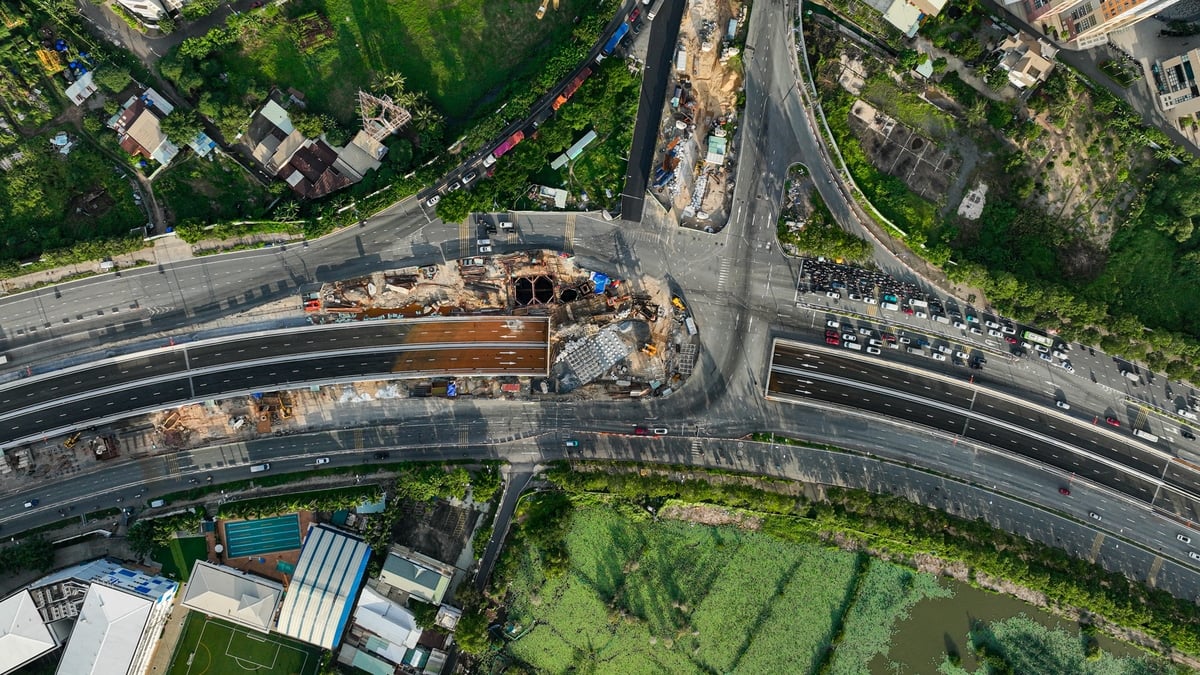
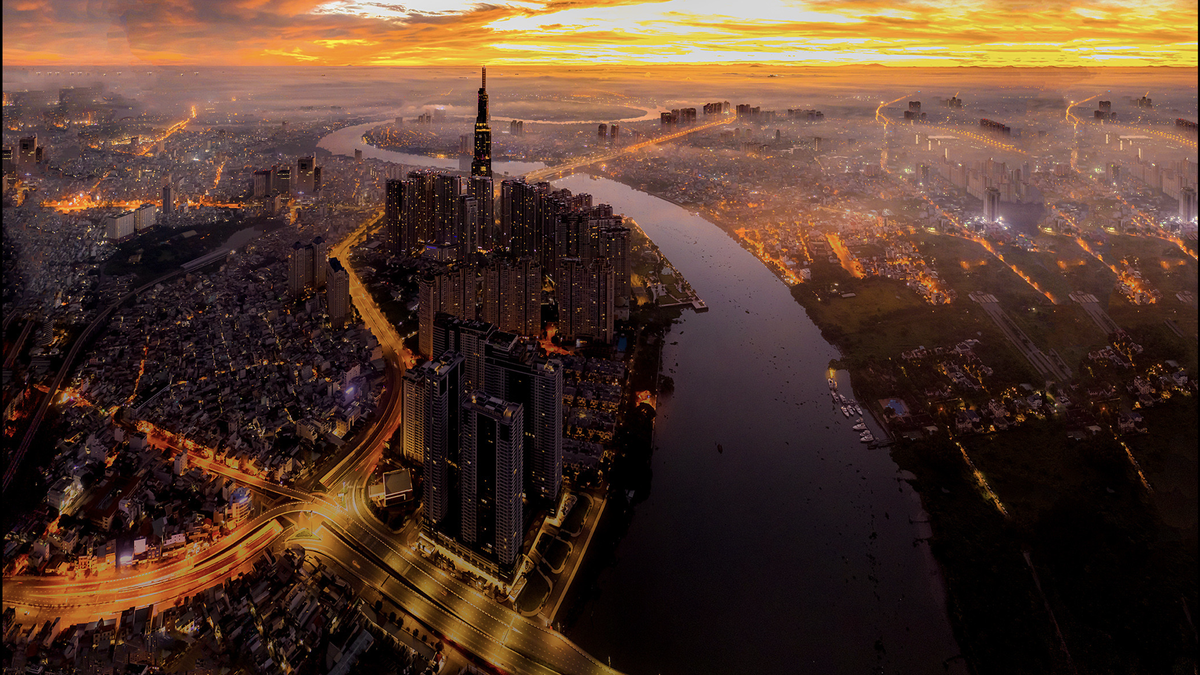
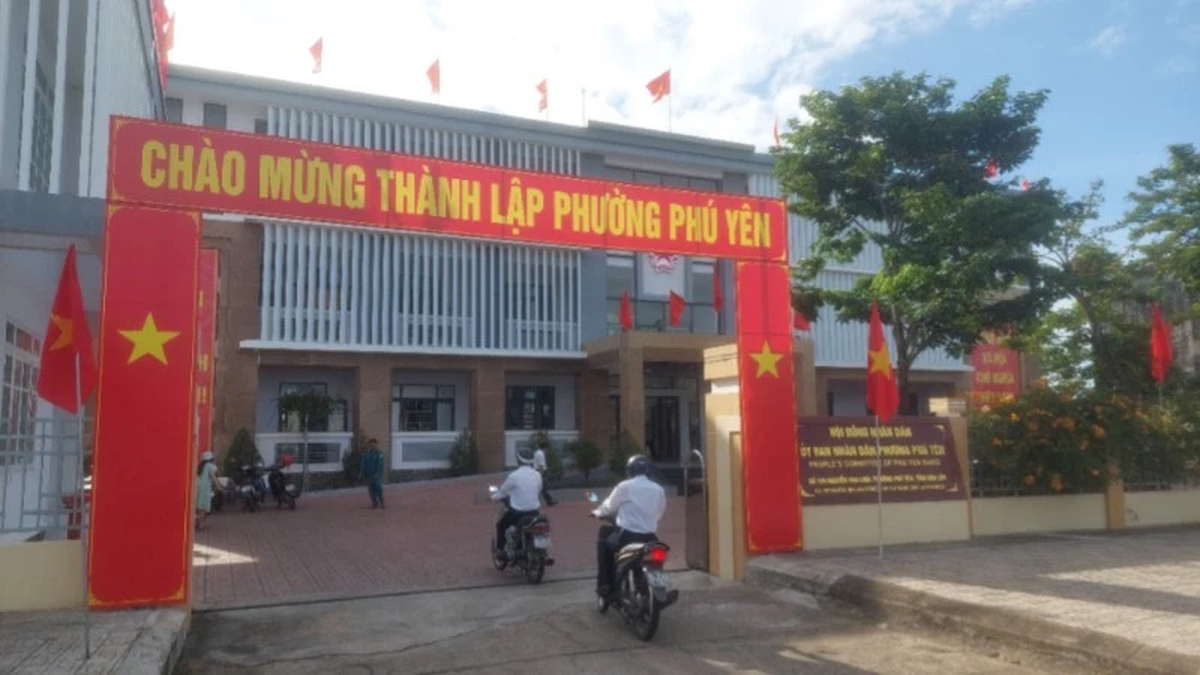
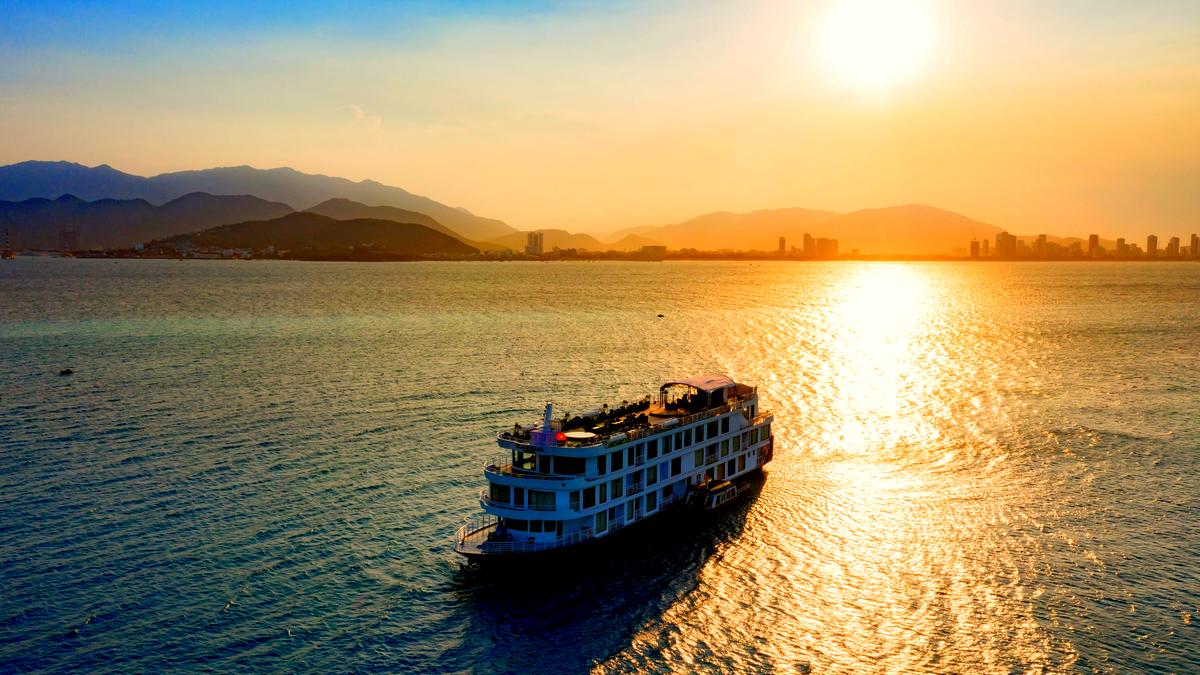
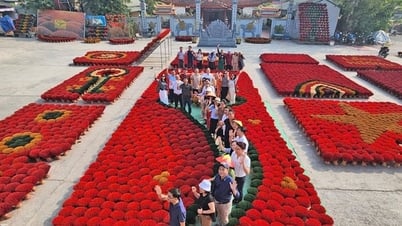


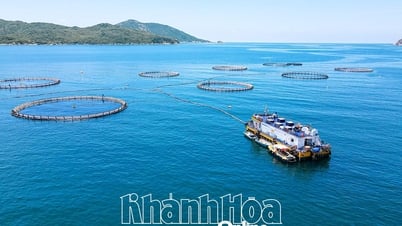
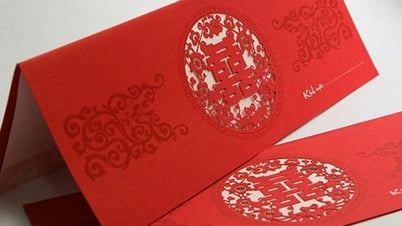
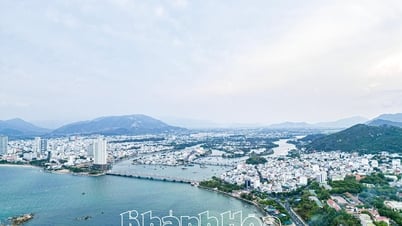
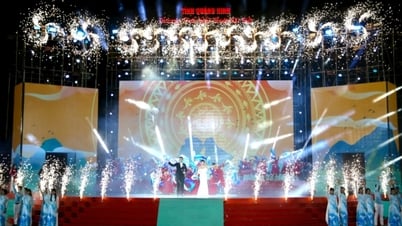







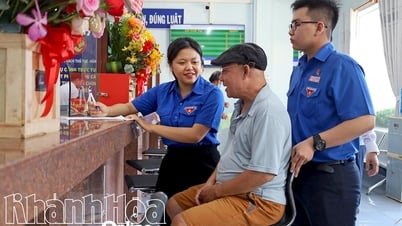
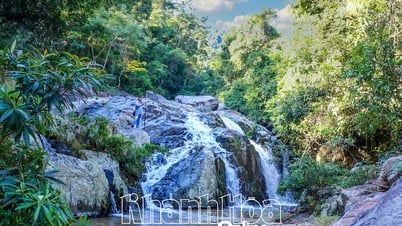
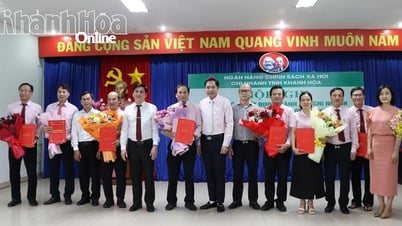
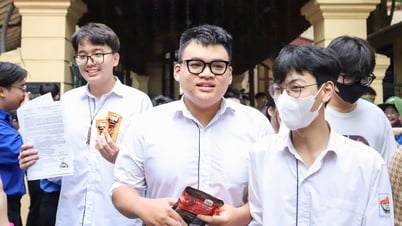
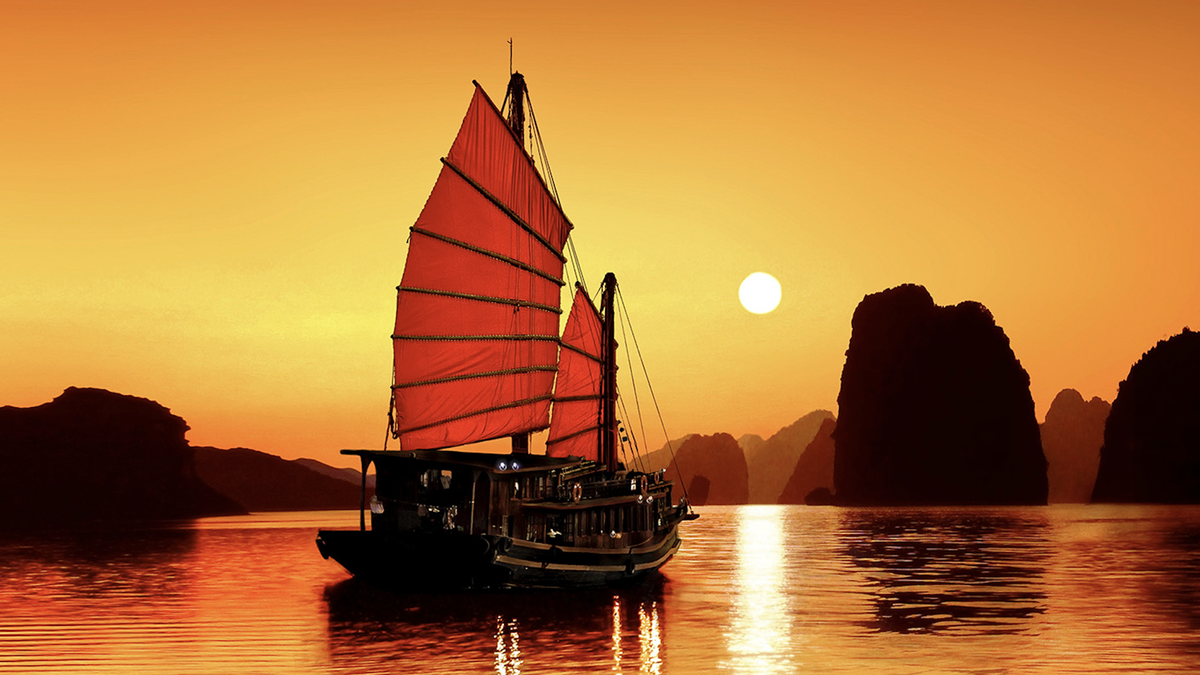
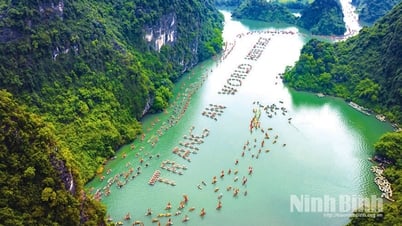

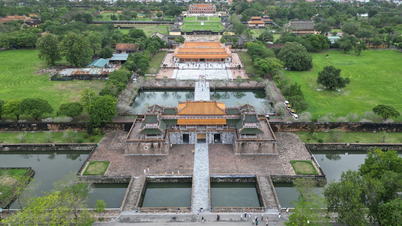

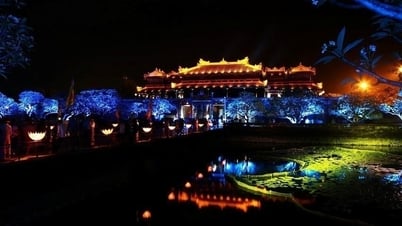

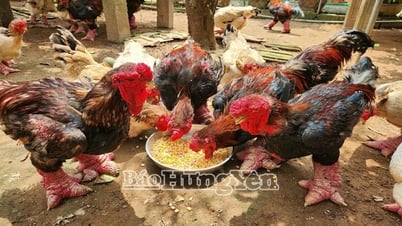

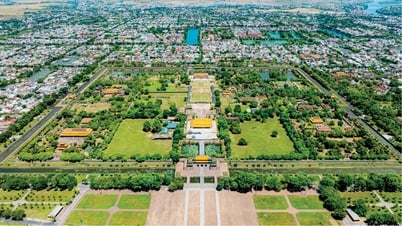

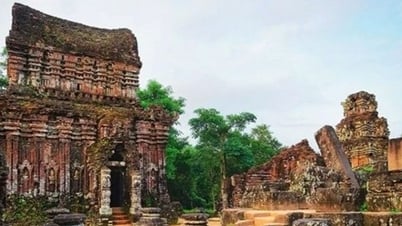

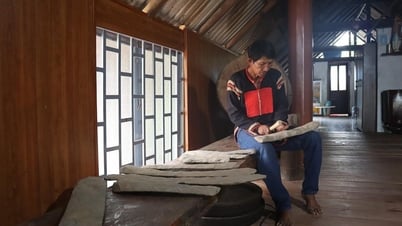

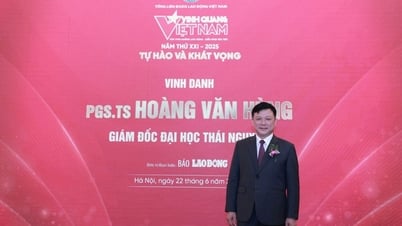

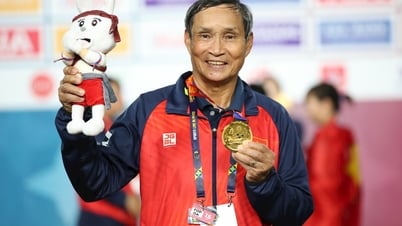

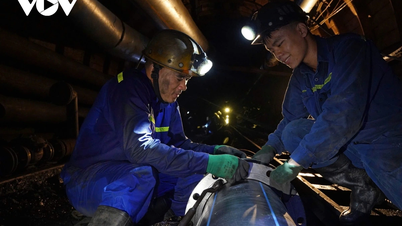



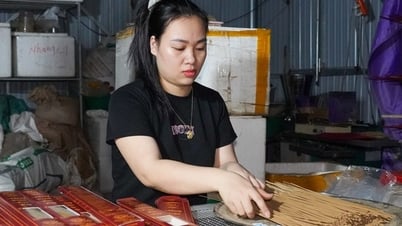



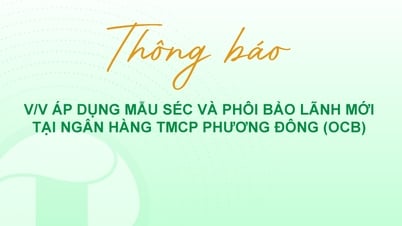
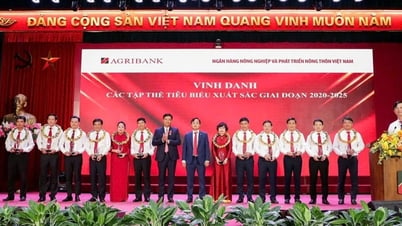


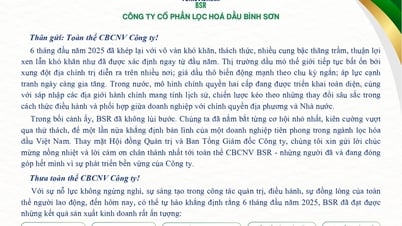
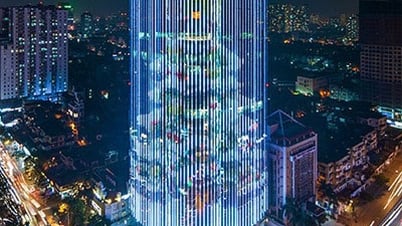



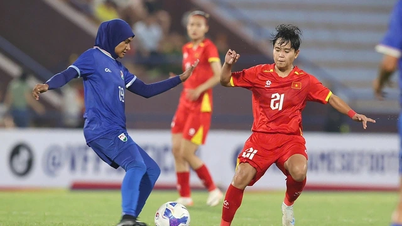



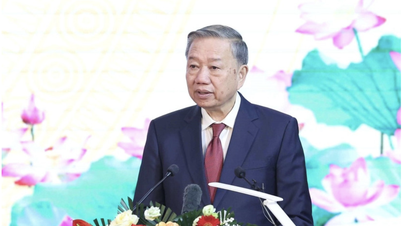



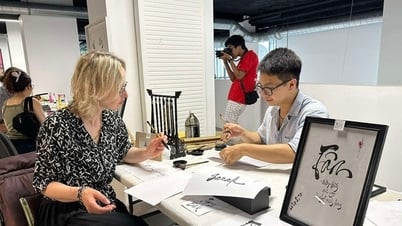
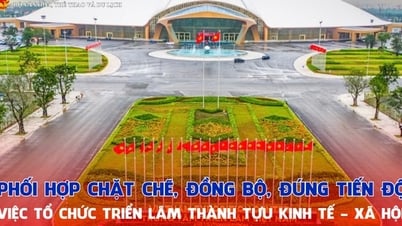
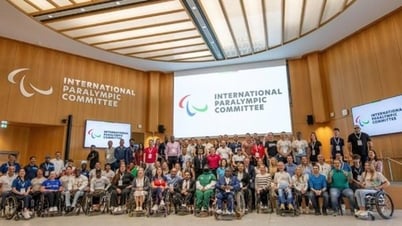
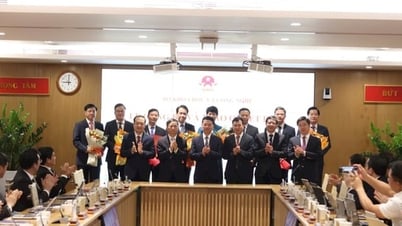

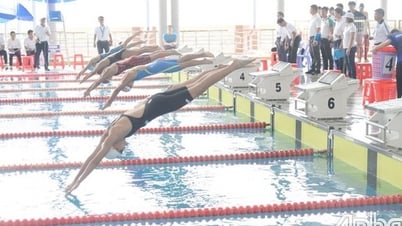


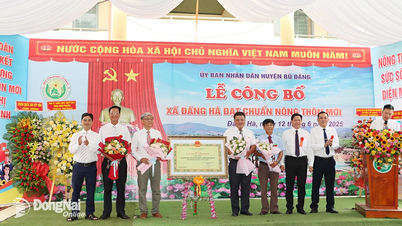

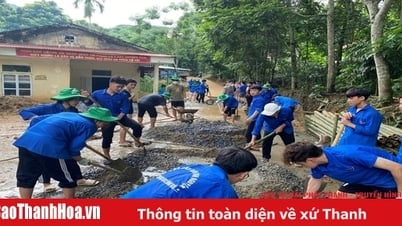

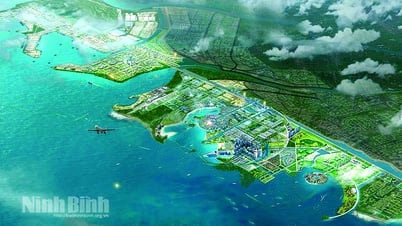
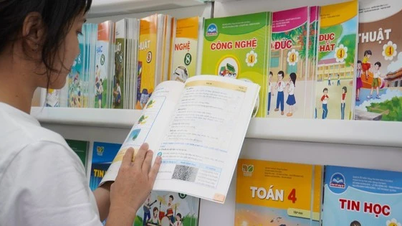

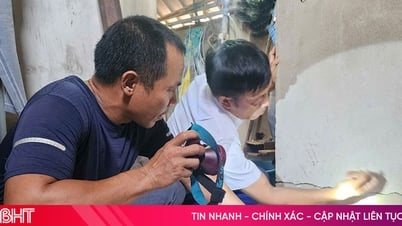

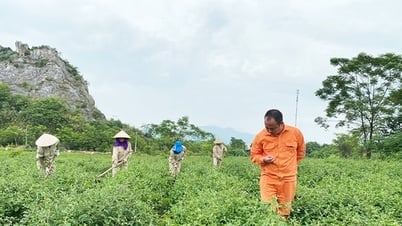







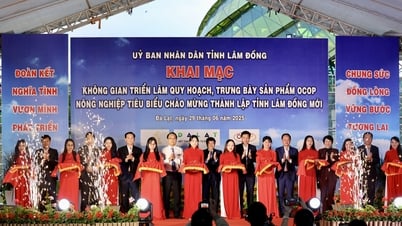


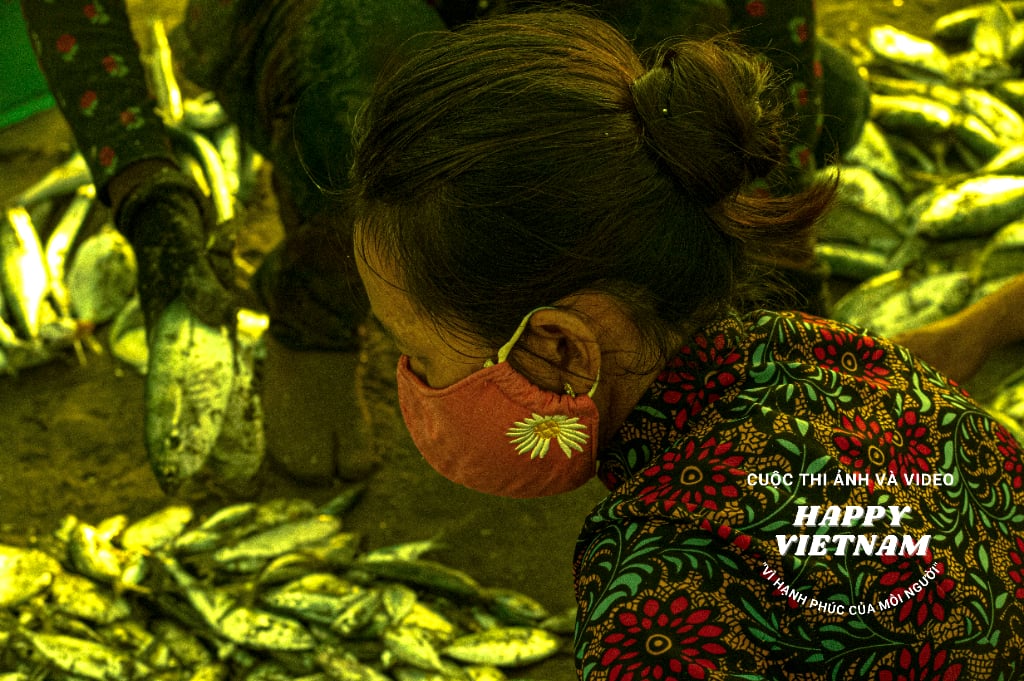
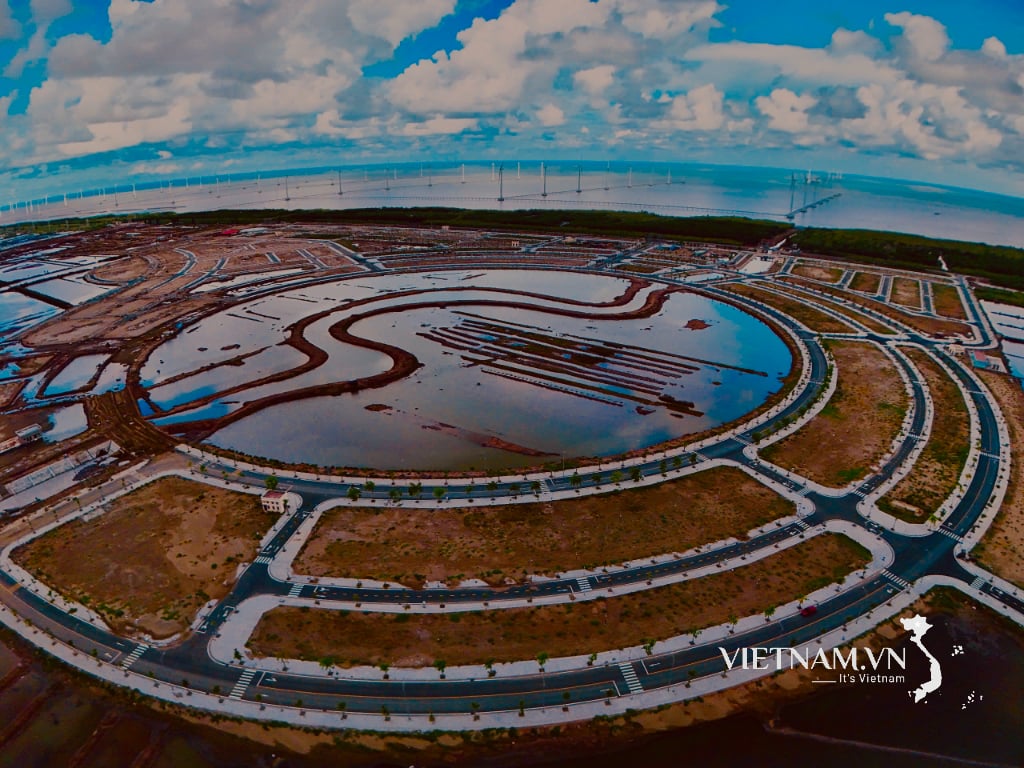
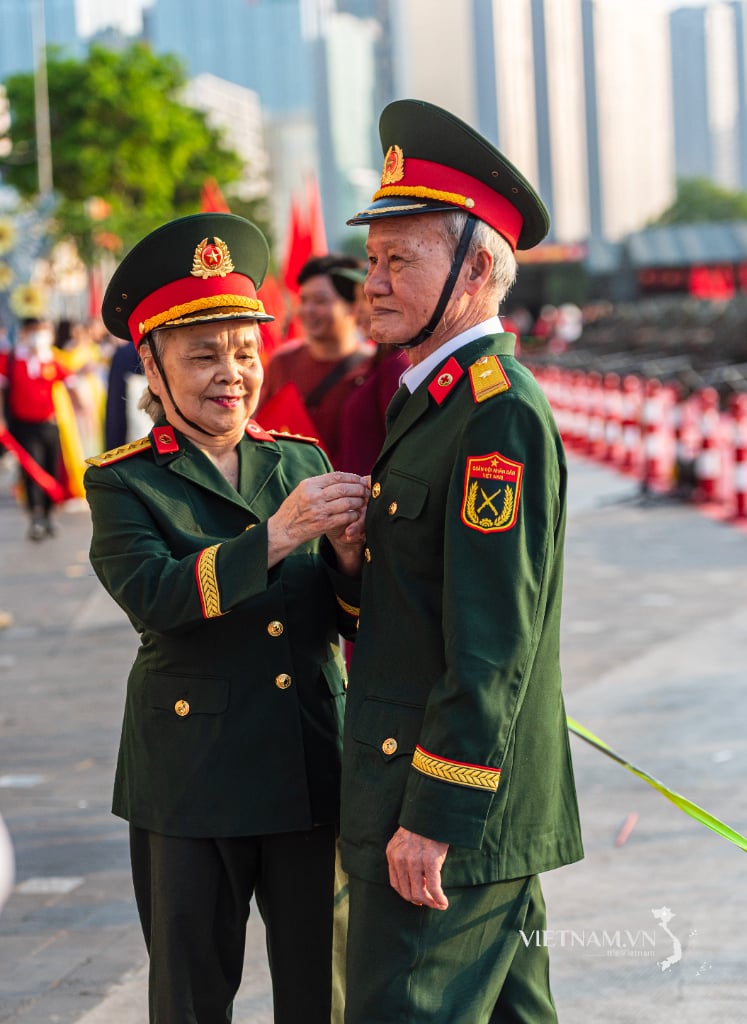
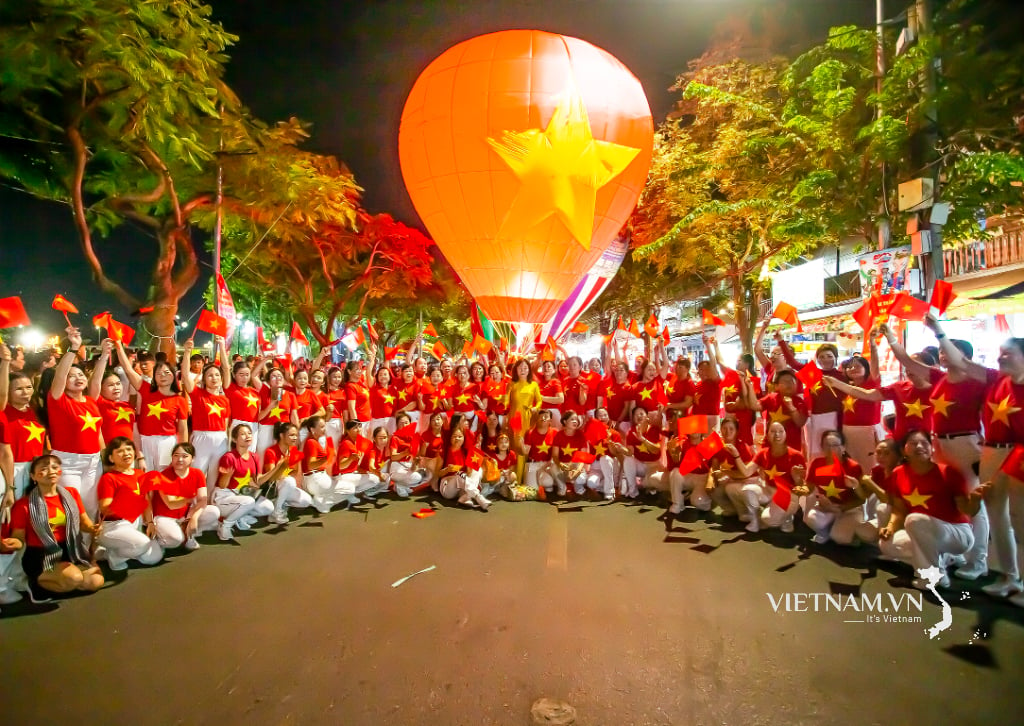
Comment (0)